I'm trying to work my way through a Dot Net Core MVC project, but I am facing a problem I couldn't solve.
And honestly, I didn't know what to search for.
The project is a simple vehicle registry,
Each vehicle has a Make, a Model, a some Features.
Here are the domain models:
public class Make
{
public int Id { get; set; }
public string Name { get; set; }
public ICollection<Model> Models { get; set; }
public Make()
{
Models=new Collection<Model>();
}
}
public class Model
{
public int Id { get; set; }
public string Name { get; set; }
public Make Make { get; set; }
public int MakeId { get; set; }
public Model()
{
Make=new Make();
}
}
public class Feature
{
public int Id { get; set; }
public string Name { get; set; }
}
[Table(name:"VehicleFeatures")]
public class VehicleFeature
{
public int VehicleId { get; set; }
public int FeatureId { get; set; }
public Feature Feature { get; set; }
public Vehicle Vehicle { get; set; }
public VehicleFeature()
{
Feature=new Feature();
Vehicle=new Vehicle();
}
}
public class Vehicle
{
public int Id { get; set; }
public Model Model { get; set; }
[DatabaseGenerated(DatabaseGeneratedOption.None)]
public int ModelId { get; set; }
public ICollection<VehicleFeature> VehicleFeatures { get; set; }
public string ContactName { get; set; }
public string ContactPhone { get; set; }
public string ContactEmail { get; set; }
public DateTime LastUpdate { get; set; }
public bool IsRegistered { get; set; }
public Vehicle()
{
Model=new Model();
VehicleFeatures=new Collection<VehicleFeature>();
}
}
The problem is that when I send the following request to the corresponding controller, EF is replacing the provided value with a new incremental value.
The request I send:
{
"ModelId":10,
"VehicleFeatures":[
{"featureId":45},
{"featureId":46}
],
"ContactName":"Alice",
"ContactPhone":"1234",
"ContactEmail":"Alice@local",
"LastUpdate":"1980-01-01",
"IsRegistered":true
}
And this is what happens:
The controller receives correct values,
 Correct values are added to the context,
Correct values are added to the context,
 And then suddenly all hell breaks loose.
And then suddenly all hell breaks loose.

This is the controller code:
[HttpPost]
public async Task<IActionResult> CreateVehicle([FromBody] Vehicle v)
{
context.Vehicles.Add(v);
await context.SaveChangesAsync();
return Ok(v.ModelId);
}
What am I missing here?